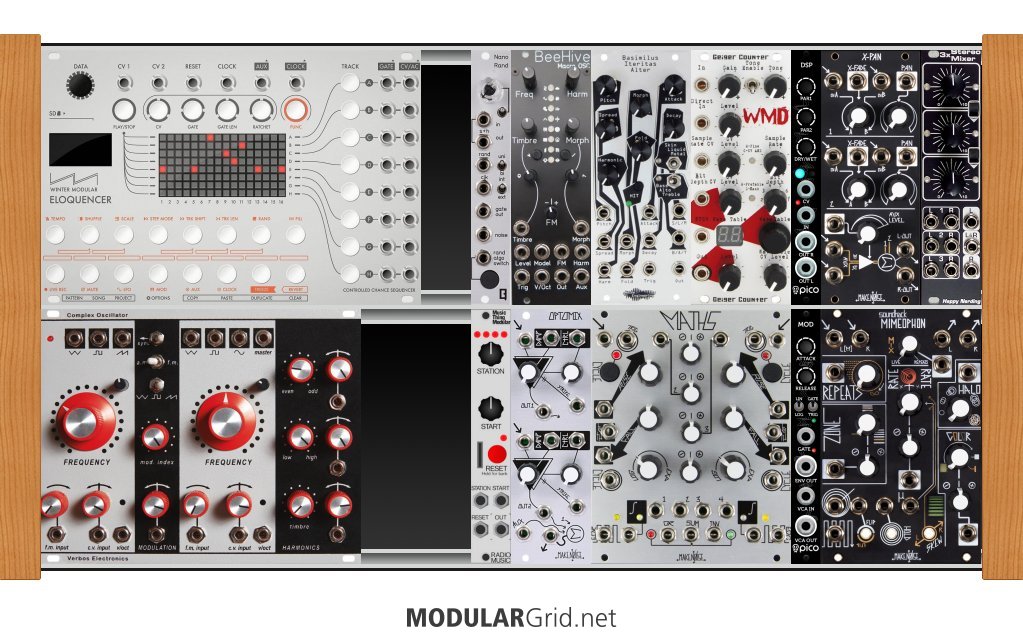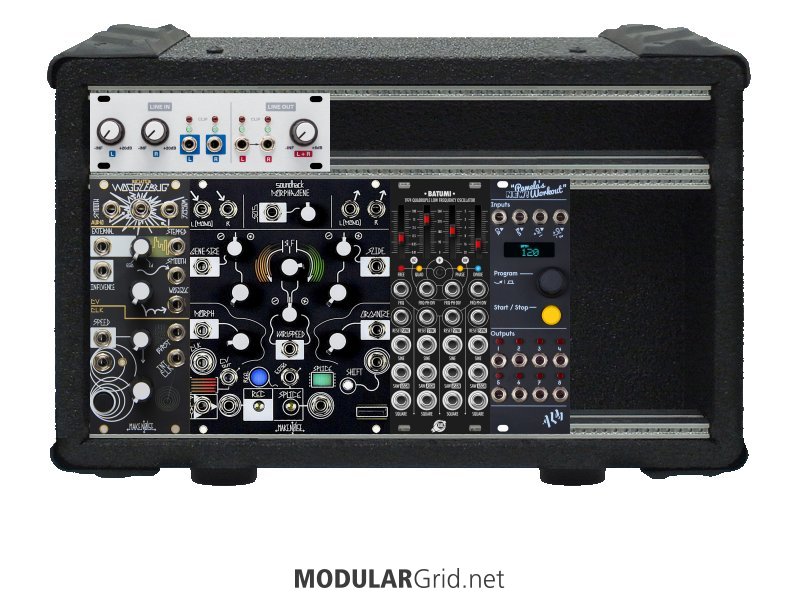Hi Lugia,
Oh yes! That sounds and looks good :-) I didn't had a chance yet to look at the prices but from the look of it, how professional it looks like, it must cost a fortune I am afraid.
At page 72 is a nice 12 V DC power supply unit, just what we need for our Eurorack cases :-) You just take a "battery" of those units in one large row supplying your entire factory-hall kind of space with Eurorack cases... even winning a serious lotery might not be enough for that kind of nice stuff and space you need for that too...
That picture on page 51, that does it, doesn't it? :-)
Now at least we know where Mr. Doepfer got his ideas from ;-)
I googled here with the German Google version and end up with the same website technical-furniture.com but then everything in German. Looks like they are a German company but not really sure. I don't think you can find a "shop" that sells their products. From their website and my understanding of reading their information is that they do come up with whatever solution you need and they will install it for you on location, worldwide... so this must come at unbelievable prices...
Kind regards, Garfield.
Edit: removed a typo
For review reports of Eurorack modules, please refer to https://garfieldmodular.net/ for PDF formatted downloads




